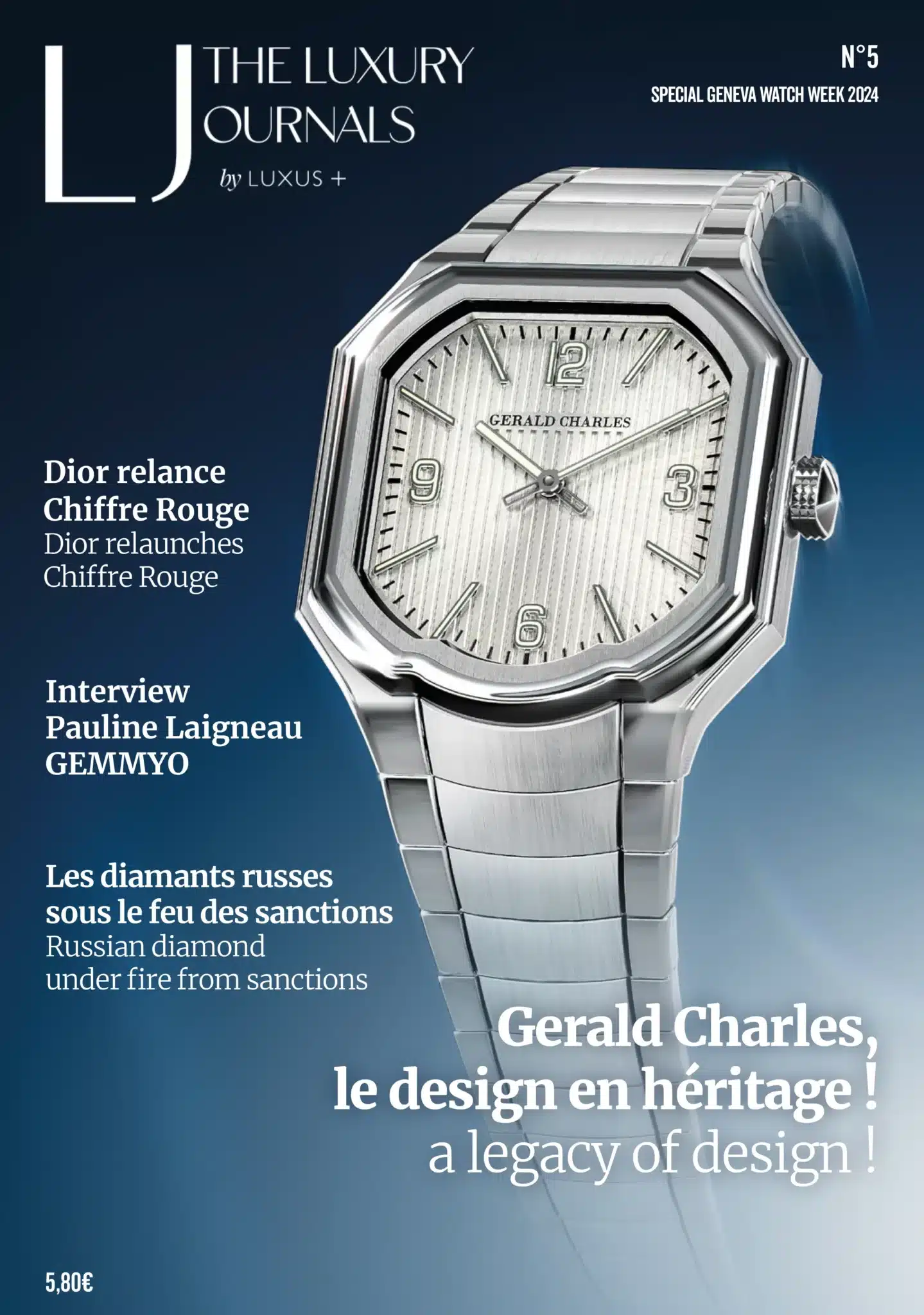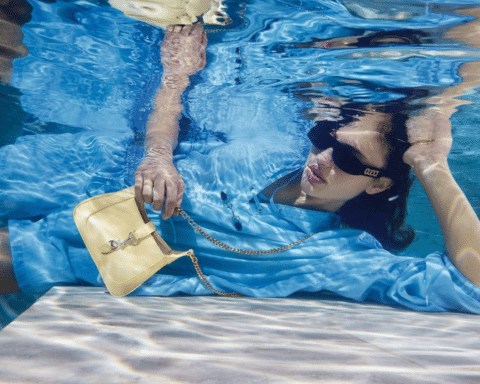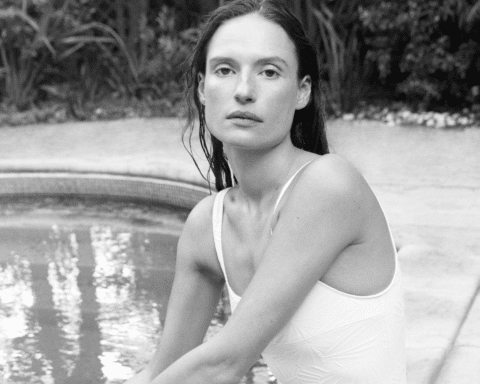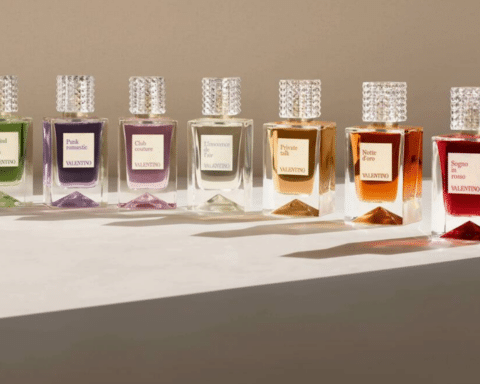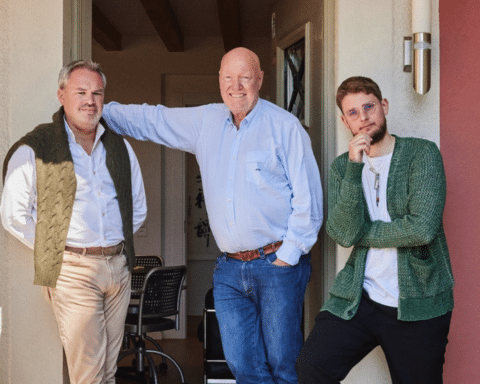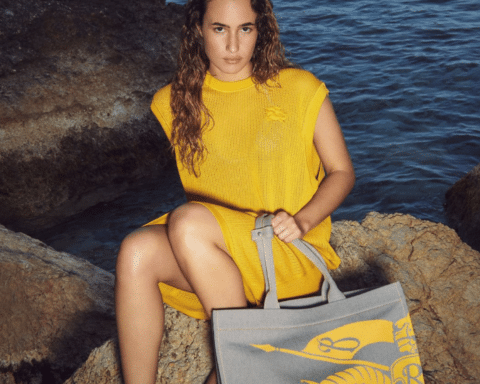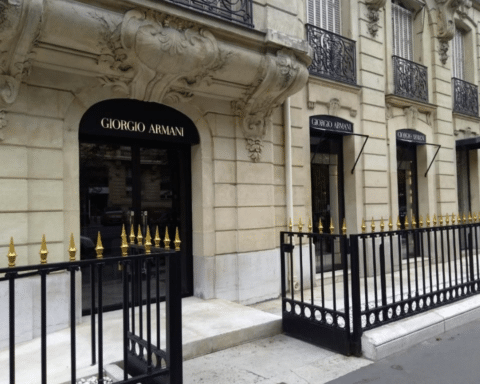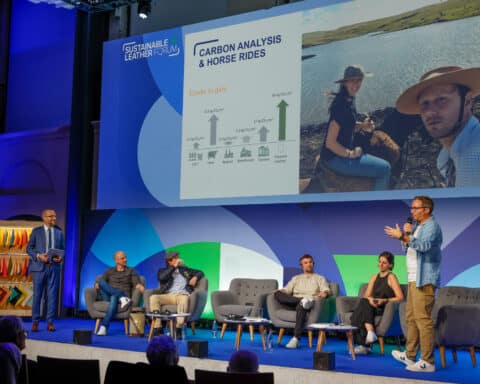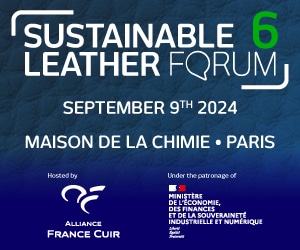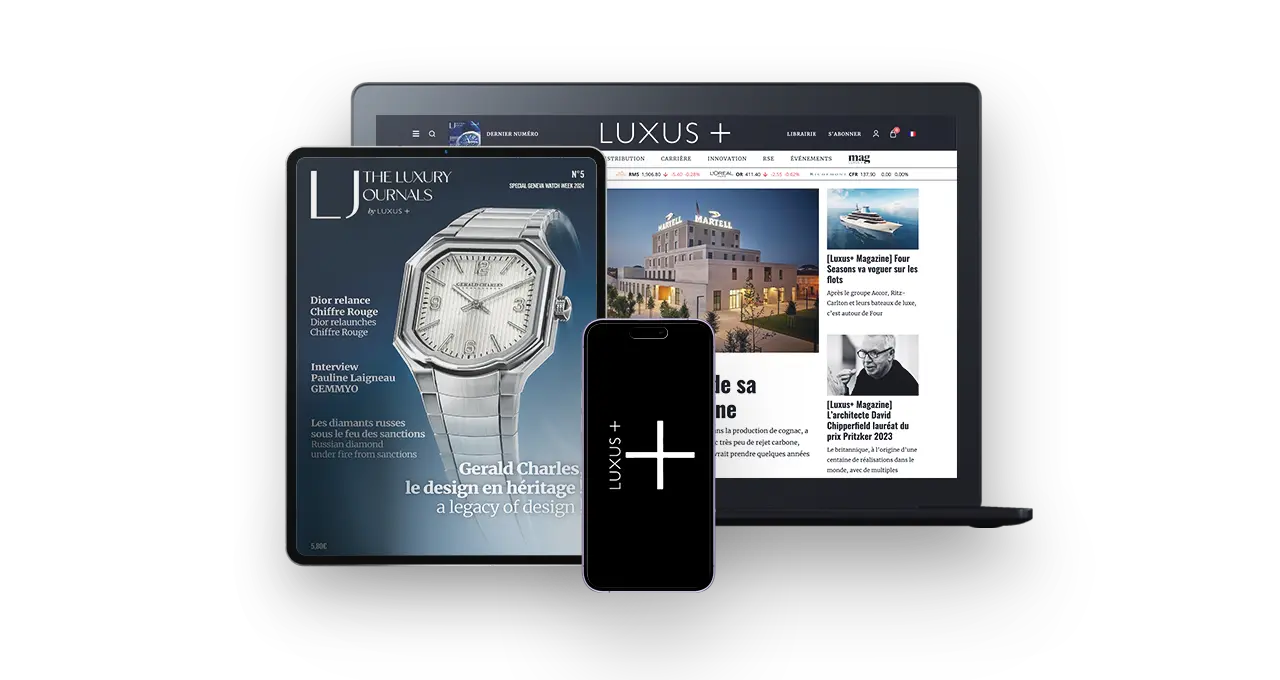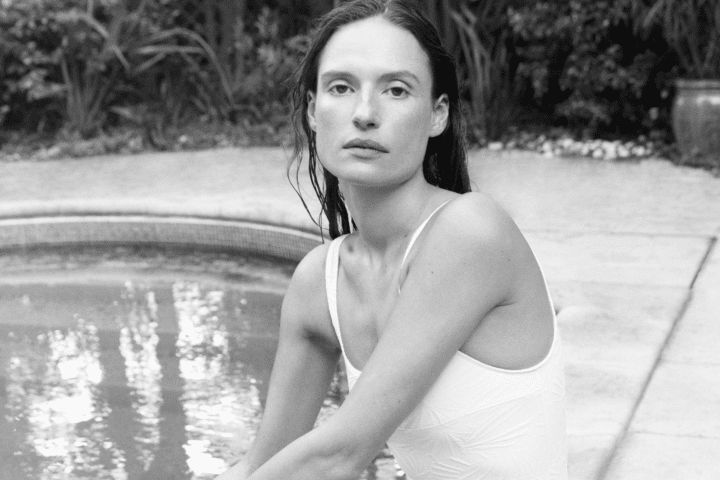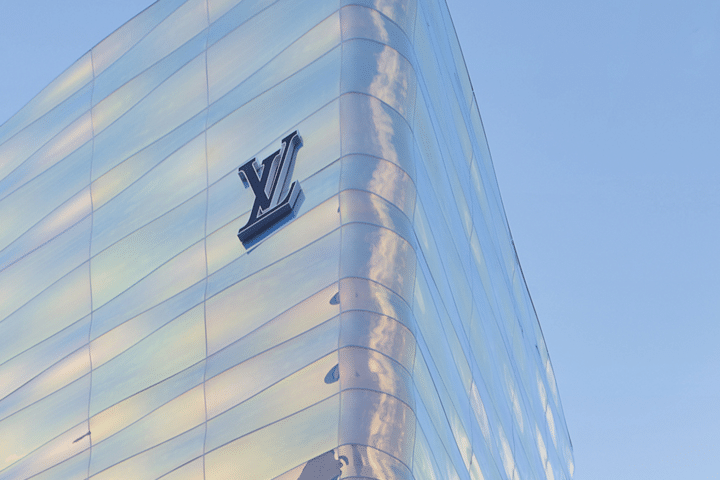Since 2021, the “sounds and smells” that characterize natural spaces, resources and environments on land and at sea have been part of the nation’s common heritage. At the same time, the fragrance industry generated $14.88 billion in 2022, and is forecast to rise steadily to $19.82 billion by 2028 (Statista Consumer Market Insight and Statista studies). In January 2023, the #dupe (an assumed imitation of a product, notably perfume, without being a true copy of the original) counted billions of views on the TikTok social network.
The perfume craze and the quest for legal protection through intellectual property are nothing new: witness the legal saga of Jean-Paul Gaultier’s “Le Mâle” perfume at the beginning of the 21st century. At a time when the owners of the rights to this renowned perfume were dismissed by the Lyon Court of Appeal on March 16, 2023, on the grounds of copyright, designs, trademarks and tort, it is important to remember a few rules.
Fragrance: in search of appropriate legal protection?
While, in the early to mid-2000s, judges (courts and appeal courts) considered that fragrances were protectable under copyright law, in the sense that they could be considered a work of the mind, understood as an original creation bearing the imprint of its author’s personality, the French Supreme Court (Cour de cassation) ruled otherwise.
Firstly, in 2006, it ruled that the fragrance of a perfume was “simply the implementation of know-how“, which does not constitute “the creation of a form of expression eligible for the protection of intellectual works by copyright”.
Then, in 2013, by stating that “copyright protects creations in their sensible form, only insofar as this form is identifiable with sufficient precision to allow its communication; that the fragrance of a perfume, which, apart from its elaboration process, which is not itself a work of the mind, does not assume a form presenting this characteristic, cannot therefore benefit from copyright protection”.
To date, trademark law is no more effective than copyright. Even though Article L. 711-1 paragraph 2 of the French Intellectual Property Code opens the door to olfactory trademarks following the transposition of European Directive no. 2015/2436 of December 16, 2015, which abolished the requirement for a graphic representation of the trademark in favor of a sign that can be represented “in any appropriate form by means of commonly available technology”, no olfactory trademark has actually been registered with either the INPI or the EUIPO. However, the EUIPO had paved the way by admitting in 1999 that “the smell of freshly cut grass” for tennis balls could characterize an olfactory trademark. The development of technology, and in particular artificial intelligence, may soon make it possible for a scent to be represented in a clear, precise, distinct, easily accessible, intelligible, durable and objective way, thus overcoming the difficulty noted by Patrick Suskind in his novel Le Parfum: “Our language is useless for describing the world of smells”.
The chemical formula of a perfume can be protected by patent law, provided that it is a new invention involving an inventive step and capable of industrial application, in accordance with Article L. 611-10 of the French Intellectual Property Code, perfume not being excluded from the scope of protection. In practice, the EPO has registered a patent entitled “Perfume compositions” under n°EP1926530. However, a patent confers limited protection for 20 years, and requires a precise description of all its components, which is not always desirable.
Trade secrets (Article L. 621-1 of the French Intellectual Property Code) and know-how (Article 1240 of the French Civil Code) are other possible forms of protection for fragrances, but will be difficult to characterize in practice.
Thus, the complexity of obtaining recognition of a right to a fragrance may explain why the major brands concentrate instead on the name, the bottle and any other element that will reinforce their brand image.
The bottle, the name and the visual identity of the perfume: a ready-made legal protection
Read also > L’ORÉAL, COTY, REVLON & CO DISMISSED IN ISRAELI PERFUME CASE
Featured Photo: © Laura Chouette/Unsplash


